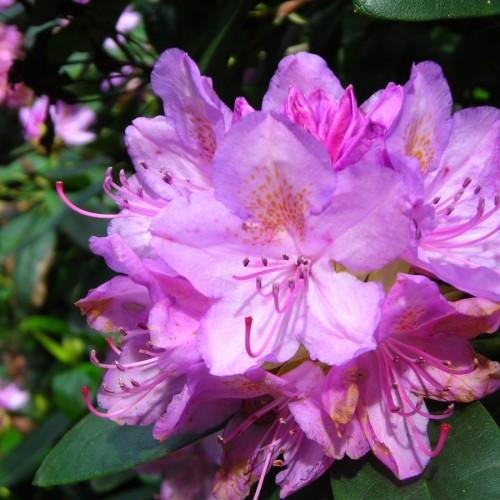
rhododendron
Rhododendron (evergreen spp. & cvs.)
Cycle:
Perennial
Watering:
Average
Hardiness Zone:
8
Flowers:
Flowers In Spring
Sun:
Full sun, Part sun/part shade
Soil:
Acidic, Well-drained
Leaf:
Yes
Growth Rate:
Low
Maintenance:
Moderate
Poisonous To Pets:
Yes
Care Level:
Medium
watering
Water Hino Crimson azalea regularly. In general, they need about 1 inch of water per week during the growing season. Make sure to water your azalea deeply and completely. Do not water too frequently, especially during the winter months, as it can cause root rot. Apply a good layer of mulch around the base of your plant to help conserve moisture. Try to keep the soil around your azalea slightly moist, especially during dry periods.
sunlight
Hino Crimson azaleas need partial shade to full sun to thrive. In general, when grown in full sun, it prefers 6 hours of direct sunlight a day. During the hottest part of the day, it should be kept slightly shaded to protect it from too much light. It is especially important that this azalea receives morning sun and some afternoon shade, though it will tolerate a bit of afternoon sun.
pruning
Rhododendron 'Hino Crimson' should be pruned 1 to 2 times per year, in late winter and in summer. In late winter, the shrub should be cut back to remove any dead, damaged, or unhealthy wood. This allows for new growth and vigor for the remainder of the season. In summer, prune out any stems that flowered in the current season and shape the plant as needed. Make sure to use sharp and disinfected pruning shears or a pruning saw when performing maintenance.
